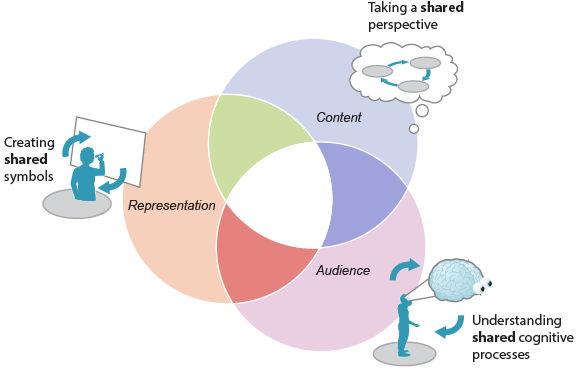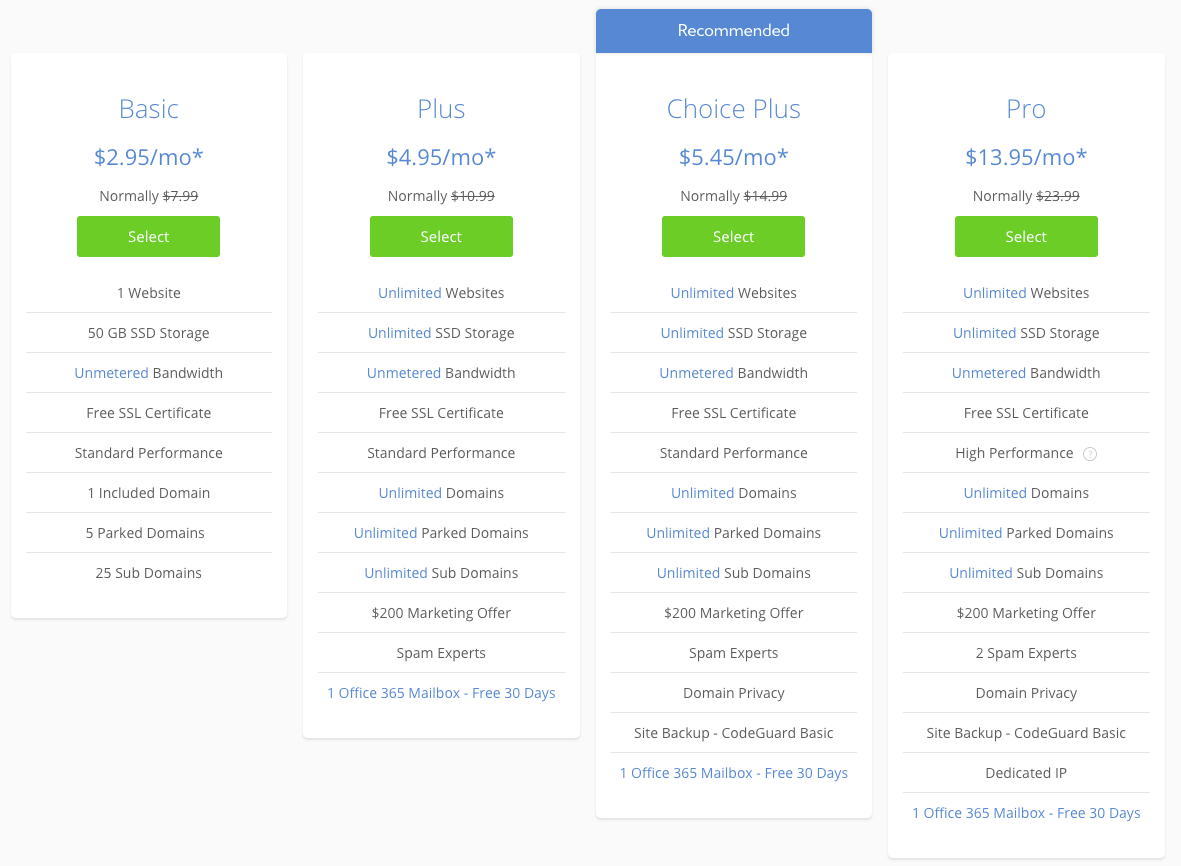
Web hosting control panels allow you to manage your server. A control panel lets you configure your domain and manage files. It also provides you with the ability to create, modify, and delete accounts. The control panel can be accessed via a web browser and allows remote control of your server.
There are many control panels available. There are many control panels available. Some have specific features while others focus on simplicity. You should pick the one that best suits your needs. Depending upon what you want, you have the option to choose between paid and free versions.
The best hosting control panels let you manage multiple servers with one interface. The majority of control panels can support common protocols such as POP3, SMTP or IMAP. Additionally, the best control panels offer advanced features, such as IPv6 support, automated billing, and more. They also allow you to control your website's firewall.
Control Web Panel is a free, open source control panel for web hosting. CWP is written in PHP, and the entire panel is released under the GPL. Other popular open source controls include hPanel and WHMCS.

Plesk is the most widely used web hosting control panel. Plesk is available for Linux and Windows. With more than a hundred extensions, Plesk is used by digital agencies, infrastructure providers, and IT admins. Plesk isn't the only option. Interworx as well as BlueOnyx are available.
Virtualmin is also a popular option. Virtualmin is an open source web hosting control panel. It has been installed over 100,000 times. It is also highly configurable, allowing users to run a wide range of applications. As a bonus, it has LDAP authentication and 2-factor authentication.
If you want a control panel for your Linux server, then ISPmanager might be an option. ISPmanager, a Linux-based web hosting control panel, is easy to use and has many useful features. It can manage your web hosting packages and mail boxes. These functions are often a requirement for web hosts. Alternatively, you can try Direct Admin, which is a graphical web-based control panel with multi-language support.
It is best to combine features, price, reliability when choosing a web host control panel. You will get the best out of your hosting experience by choosing a control panel with a variety of useful features and that is user-friendly.
Some web hosting control panels require a licensing fee. This is a small price to be paid for the quality of service offered. Some may need additional technical knowledge. You should research updates and support for any control panel before making a final decision.

Sentora as well as cPanel may be other options. Both offer similar functionality. However, cPanel is slightly more user-friendly.
There are many control panels available, but it can be difficult to decide which one is best for you. Remember that each control panel has its own set of unique features, so you should check each one out to see which one fits your needs.
FAQ
Can I use a template or framework on my website?
Yes! A lot of people use prebuilt templates or frameworks to create websites. These templates contain all the code needed to display information on your page.
These are some of the most requested templates:
WordPress – One of the most well-known CMSes
Joomla - Joomla! - another open source CMS
Drupal – An enterprise-level solution used by large organizations
Expression Engine is a Yahoo CMS that allows you to create custom CMS sites.
Hundreds of templates are available for each platform, so finding the right one should be easy.
WordPress is it a CMS?
The answer is yes. It is called a Content Management System. A CMS allows you to manage your website content from within a web browser instead of using an application such as Dreamweaver or Frontpage.
The best part about WordPress is that it's free! Other than hosting, which you usually get from your ISP.
WordPress was initially created as a blogging platform, but it now offers many other options such as eCommerce sites, forums and membership websites. Portfolios are also available.
WordPress is very easy to set up and install. You must download the installation file from their website and upload it onto your server. You can then visit your domain name using your web browser to log in to your new website.
After installing WordPress, register for a username/password. Once you log in you'll be able access all your settings via a dashboard.
This is where you can add pages or posts, images and links to them. If you are comfortable creating and editing content, you can skip this step.
You can, however, hire a professional Web designer to handle the whole thing if your preference is to work with another person.
How Much Does It Cost to Make An Ecommerce Site?
It depends on the platform you choose and whether you use a freelancer to build your site or hire a service provider. Most eCommerce sites start at around $1,000.
You can expect to pay between $5000 and $10,000 for a platform once you have decided.
The average cost of a template will not exceed $5,000. This includes any customizations required to reflect your brand.
What is the best platform to design a website on?
WordPress is the best platform when it comes to designing websites. It offers all the features that you need to build a professional-looking website.
These themes are simple to install and modify. You can pick from thousands of free themes that are available online.
You can also install plugins to increase functionality. They allow you add buttons to social media and form fields, as well as contact pages.
WordPress is extremely user-friendly. To modify your theme files, you don't need to be able to code HTML. All you need to do is click on an icon and select what you want to change.
While there are many options for platforms, WordPress is my favourite. It has been around forever and is still widely used by millions.
What Is Website Design Software?
Software for designing websites is used by photographers, illustrators and writers.
There are two main types of website design software: desktop applications and cloud-based solutions. Desktop apps can only be installed locally on your PC and will require additional software to run on your system. Cloud-based software is hosted remotely over the internet. It does not require you to install additional software, which makes them great for mobile users.
Desktop Applications
Although desktop apps offer more features than cloud-based applications, they are not always required. Because it's more convenient, some people prefer to use a desktop app. Others like to use the same tool regardless of whether they are working on a laptop or a smartphone.
Cloud-Based Solutions
Cloud-based services are the best choice for web developers who want to save both time and money. These services allow you access any type of document to be edited from anywhere on the internet. You can use your tablet to work while you wait for your coffee brew.
If you decide on a cloud-based solution, you will need to purchase a license. However, additional licenses are not required to upgrade to a newer version.
These programs can be used to create web pages, if you have Photoshop, InDesign or Illustrator.
What is a responsive website design?
Responsive Web Design is a method of designing responsive websites. It allows content to display on all devices (desktop computers, tablets and smartphones), so that it can be viewed easily on any device. This allows users access all features of a website, including navigation menus, buttons and buttons, on one device. RWD's goal is to ensure that users view the exact same version of a website on every screen size.
If you are building a website to sell products primarily via eCommerce, then you want to make sure that customers can purchase items from your store even if they view it on their smartphones.
A responsive website will adapt its layout to suit the device it is being viewed on. It will appear the same as a regular desktop website if you view it on your laptop. It will be different if the page is viewed from your phone.
This allows you to create one website that works on all devices.
Can I build my website using HTML & CSS?
Yes! You should be able to create a website if you have been following the instructions.
You now know how to build a website structure. Now you need to learn HTML and CSS coding.
HTML stands to represent HyperText Markup Language. You can think of it as writing a recipe. It would list the ingredients, directions, and how to do it. HTML also tells a computer what parts of text should be bolded, underlined or italicized. It's the language of documents.
CSS stands for Cascading Style Sheets. Think of it like a style sheet for recipes. Instead of listing every ingredient and instructions, you create general rules about font sizes, colors, spacing and other details.
HTML tells a browser how to format a webpage; CSS tells a browser how to do it.
You don't have to be a prodigy if you don’t get the terms. Follow these steps to make beautiful websites.
Statistics
- When choosing your website color scheme, a general rule is to limit yourself to three shades: one primary color (60% of the mix), one secondary color (30%), and one accent color (10%). (wix.com)
- The average website user will read about 20% of the text on any given page, so it's crucial to entice them with an appropriate vibe. (websitebuilderexpert.com)
- Did you know videos can boost organic search traffic to your website by 157%? (wix.com)
- Studies show that 77% of satisfied customers will recommend your business or service to a friend after having a positive experience. (wix.com)
- Is your web design optimized for mobile? Over 50% of internet users browse websites using a mobile device. (wix.com)
External Links
How To
What is Website Hosting?
Website hosting is the place where visitors go to visit a website. There are 2 types.
-
Shared Hosting - This is your cheapest option. Your website files are stored on a server that is owned by another person. Customers visit your website and send their requests over the Internet to this server. The owner of the server then hands off the request to you.
-
Dedicated hosting - This is the most expensive option. Your website resides entirely on one server. No other websites share space on the server, so your traffic stays private.
Most businesses choose shared hosting because it's less expensive than dedicated hosting. With shared hosting, the company that owns the server provides the resources needed to run your website.
Each option has its pros and cons. These are the key differences between them.
Shared Hosting Pros:
-
Lower Cost
-
Easy to Set Up
-
Regular Updates
-
It can be found at many web hosting providers
Shared hosting is often as cheap as $10 per month. However, this price typically includes bandwidth. Bandwidth refers the data that you can transfer over the Internet. You may have to pay extra for large amounts of data, even if your blog only contains photos.
You will quickly see why you paid so much for your former host once you have started. Most shared hosts provide very limited customer support. Although their techs may help you with setting up your site, it's not a common practice.
Providers that offer 24-hour customer support are worth looking into. They will attend to any issues you have while you sleep.
Cons of dedicated hosting
-
More Expensive
-
Less common
-
Specific Skills Required
With dedicated hosting you will have everything you need to manage your website. You won’t need to worry whether you have enough bandwidth or enough RAM (random address memory).
This means you will need to spend more upfront. But once your online business starts, you'll realize you don't need any technical assistance. You will become an expert in managing your servers.
Which Is Better for My Business?
The answer depends on what kind of website you want to create. If you're selling products only, shared hosting might work best. It is easy to set-up and manage. It's easy to set up and maintain, as you share a server with other sites. You will likely be updated frequently.
If you are looking to create a community around your brand, dedicated hosting is the best option. You can focus on building your brand without worrying about handling your traffic.
If you're looking for a web host that offers both options, we recommend Bluehost.com. They offer unlimited monthly data transfers, 24/7 support, free domain name registration, and a 30-day money-back guarantee.